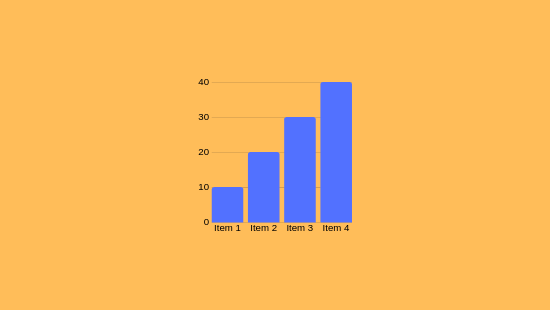
As you explore forex measurements, you'll discover they're mathematical tools that scrutinize market numbers to predict market behaviors. These instruments assist in identifying market patterns, confirming market cues, and uncovering extreme market conditions scenarios. For example, the Relative Strength Index (RSI) gauges momentum, while Bollinger Bands assess volatility. Refining your trading strategy by combining these metrics is essential, especially if aiming to manage risk effectively.
Grasping the Core of Forex Indicators
Forex indicators are mathematical aids embedded in graphs to aid investors in scrutinizing market dynamics and making informed decisions. They offer insights into price movements and market possibilities by processing historical and real-time data.
Forex tools are categorized into four primary groups: trend indicators (e.g., Moving Averages), momentum indicators (e.g., Relative Strength Index), volatility indicators (e.g., Bollinger Bands), and volume indicators.
These instruments can signal reversals, validate ongoing patterns, or indicate extreme buying/selling. If you're looking to enhance your methodologies, grasping their roles is vital.
Types of Forex Indicators
When assessing market trends, traders usually employ a variety of indicators to guide their trading choices.
Forex tools are categorized into different types, each serving specific purposes.
Trend Indicators like Moving Averages (MA) and Bollinger Bands aid in uncovering movement patterns and potential breakouts.
Momentum Indicators, such as the Moving Average Convergence/Divergence (MACD) and Relative Strength Index (RSI), identify momentum changes and highlight overbought or oversold conditions.
Volatility Indicators like the Average True Range (ATR) measure fluctuations, helping traders in setting stop-loss thresholds.
When applied wisely, these indicators can enhance trade outcomes.
Key Indicators for Trading Decisions
To executive insightful investment choices, grasping and utilizing key measures that analyze market conditions is imperative.
Moving Averages track mean trade values over specific periods, unveiling tendencies by smoothing fluctuations.
The RSI measures momentum on a 0–100 scale, flagging overbought conditions above 70 and highlighting excessive sell below 30.
Moving Average Convergence Divergence analyzes two exponential moving averages to confirm the trend direction, with graphical representations illustrating bullish or bearish phases.
Bollinger Bands utilize variability measures around a moving average to determine volatility and potential reversals.
Fibonacci Retracement levels denote price thresholds based on prior price movements.
Synthesizing these indicators enhances precision by verifying signals if aligned, enabling exact timing for currency matchups.
Using Indicators for Risk Management
As you refine investment methods, effectively applying indicators for risk management is essential. Tools like Moving Averages and Bollinger Bands notice volatility and identify potential entry/exit points for risk minimization.
These instruments allow for exact stop-loss orders and limit orders, which are key for modulating potential losses.
For instance, using trade protections caps losses to a certain limit, such as 2% of your trading capital per trade. This disciplined tactic aids in website managing forex risks by limiting exposure to fluctuations and leverage, which are significant challenges in currency trading.
Combining Indicators for Enhanced Accuracy
Combining indicators is a sophisticated strategy for boosting precision in forex trading. This approach allows for the use of diverse instruments to evaluate several aspects of market dynamics, including trends, drive, and volatility.
By implementing indicators like Price Averages, RSI, and MACD, you can craft formidable trading strategies. For example, combining Moving Averages with RSI and Volume validates trend direction and momentum, while Bollinger Bands with Stochastic discovers volatile scenarios and possible reversals.
If indicators from separate categories align, redundancies are reduced, and trade signals are uplifted.
Final Thoughts
You now grasp how forex indicators operate, covering their types like trend, momentum, and volatility indicators. These elements assist in spotting potential reversals and confirming trend continuity. By integrating indicators, trading precision is boosted, and risk oversight is better managed. For instance, using the Relative Strength Index (RSI) to spot overbought conditions and Bollinger Bands to evaluate volatility can improve your decisions.
 Jurnee Smollett Then & Now!
Jurnee Smollett Then & Now! Monica Lewinsky Then & Now!
Monica Lewinsky Then & Now! Lynda Carter Then & Now!
Lynda Carter Then & Now! Barbara Eden Then & Now!
Barbara Eden Then & Now! Meadow Walker Then & Now!
Meadow Walker Then & Now!